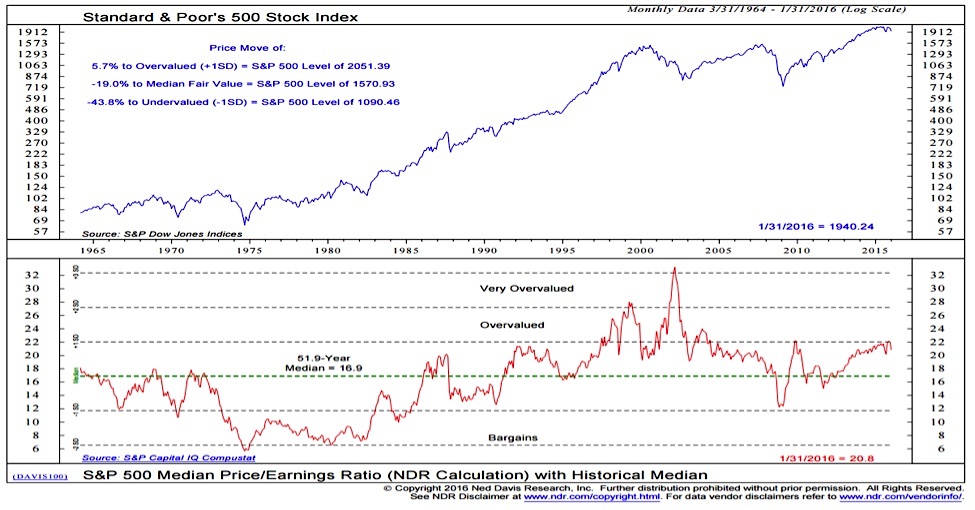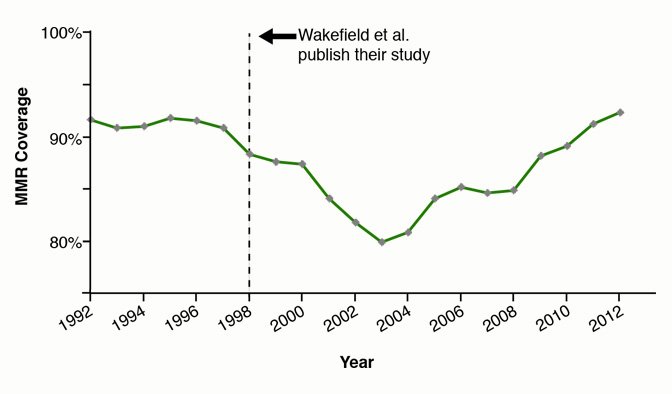Exploring New Business Opportunities: A Regional Analysis

Table of Contents
Identifying Key Regional Economic Indicators
Analyzing regional economic indicators is crucial for identifying areas with high potential for new business ventures. Key indicators provide a snapshot of a region's economic health and future prospects, helping you assess market viability and risk.
-
Analyze GDP Growth Rates: Regions experiencing robust GDP growth often present more opportunities. High GDP growth signifies a strong economy capable of supporting new businesses. Look for sustained, consistent growth rather than short-term spikes. Data sources like the World Bank and national statistical agencies offer this information.
-
Examine Unemployment Rates: Low unemployment rates indicate a healthy labor market with a readily available workforce. However, extremely low unemployment can also signal potential labor shortages and increased wage pressures. Balance this with other indicators for a comprehensive assessment. Government labor statistics websites are excellent resources.
-
Study Population Demographics: Understanding population size, age distribution, and income levels is crucial. A growing and affluent population translates to higher consumer spending and larger potential markets. Census data and market research firms provide detailed demographic information.
-
Evaluate Consumer Spending Patterns: Analyze consumer spending habits to pinpoint growth sectors. Are consumers investing more in technology, healthcare, or sustainable products? This will help you identify emerging market niches and potential demand for specific goods and services. Retail sales data and consumer surveys offer valuable insights.
-
Assess Infrastructure Development: Robust infrastructure (transportation, communication networks, technology access) is essential for business success. Regions with well-developed infrastructure offer logistical advantages and lower operational costs. Government infrastructure reports and industry publications offer relevant data.
-
Research Government Initiatives and Incentives: Many governments offer incentives like tax breaks, grants, and subsidies to attract businesses to specific regions. Researching these programs can significantly reduce the risk and cost of starting a business in a chosen area. Government websites and economic development agencies are key resources.
Analyzing Market Trends and Emerging Sectors
Understanding market trends and emerging sectors is paramount to identifying promising business opportunities. This requires a proactive approach to market research and trend analysis.
-
Identify Emerging Industries and Technologies: Focus on sectors experiencing rapid growth and technological innovation. Areas like renewable energy, artificial intelligence, and biotechnology often hold significant potential. Industry reports, academic research, and venture capital activity offer clues.
-
Analyze Market Size and Growth Rates: Assess the current size and projected growth of target markets. Large and rapidly growing markets are generally more attractive, but consider the intensity of competition. Market research reports from firms like Nielsen and Statista offer valuable data.
-
Assess the Competitive Landscape: Conduct thorough competitive analysis to understand the existing players, their market share, and their strengths and weaknesses. This will help you identify potential competitive advantages and develop a compelling value proposition. Company websites, industry publications, and market research reports are helpful tools.
-
Conduct Thorough Market Research: Utilize both primary (surveys, interviews, focus groups) and secondary (published reports, databases) data sources to gain a comprehensive understanding of your target market. This will allow you to validate your assumptions and refine your business strategy.
-
Evaluate the Impact of Technological Advancements: Assess how technological advancements are reshaping existing industries and creating new opportunities. Technology adoption rates and disruptive innovation are key factors to consider. Technology market reports and industry publications are vital resources.
Assessing the Competitive Landscape and Risks
A comprehensive risk assessment is essential before investing in a new business venture. Understanding the competitive landscape and potential risks is crucial for making informed decisions.
-
Conduct a SWOT Analysis: Analyze your own strengths, weaknesses, opportunities, and threats, as well as those of your potential competitors. This framework helps you identify your competitive advantages and potential vulnerabilities.
-
Identify Market Saturation Levels: Assess the degree to which a market is already served by existing businesses. High saturation can indicate increased competition and reduced profitability.
-
Analyze the Regulatory Environment: Understand the legal and regulatory frameworks relevant to your chosen industry and region. Compliance costs and potential legal hurdles must be considered.
-
Evaluate Barriers to Entry: Assess the resources, capital, and expertise required to enter a particular market. High barriers to entry can deter new entrants but also offer a degree of protection for established players.
-
Assess Potential Economic and Political Risks: Consider macroeconomic factors like inflation, interest rates, and political stability. These factors can significantly impact business performance and profitability. Economic forecasts and political risk assessments are vital resources.
Leveraging Regional Resources and Support
Many regions offer resources and support systems designed to foster entrepreneurial growth. Leveraging these resources can significantly increase your chances of success.
-
Research Government Grants and Funding Opportunities: Many government agencies provide grants and funding opportunities for startups and small businesses. These can provide crucial capital for business development. Government websites and economic development agencies are key resources.
-
Explore Business Incubators and Accelerator Programs: Incubators and accelerators offer mentorship, networking opportunities, and resources to help new businesses grow. These programs can provide invaluable guidance and support in the early stages of business development.
-
Utilize Regional Networks and Partnerships: Collaborating with local businesses and organizations can create valuable synergies and access to resources. Networking events and industry associations can facilitate these connections.
-
Identify Potential Collaborations: Partnering with complementary businesses can create mutually beneficial relationships, expanding your reach and capabilities. Industry events and online platforms are useful resources for identifying potential partners.
-
Attend Industry Events and Networking Opportunities: Networking events provide valuable opportunities to connect with investors, mentors, and potential customers. These events foster knowledge sharing and collaboration.
Conclusion
This regional analysis has provided a framework for identifying and evaluating new business opportunities. By understanding regional economic indicators, market trends, and competitive landscapes, you can make informed decisions about where to invest your time and resources. Remember to conduct thorough research, mitigate risks, and leverage available resources. Begin your journey towards discovering lucrative new business opportunities today! Conduct your own regional analysis and unlock the potential for success. Start exploring the best regional markets for your business idea and discover the potential for growth and profitability in your chosen field.

Featured Posts
-
 Escape Disney 7 Must Try Orlando Restaurants Opening In 2025
Apr 26, 2025
Escape Disney 7 Must Try Orlando Restaurants Opening In 2025
Apr 26, 2025 -
 Bof As Take On Elevated Stock Market Valuations Should Investors Worry
Apr 26, 2025
Bof As Take On Elevated Stock Market Valuations Should Investors Worry
Apr 26, 2025 -
 70 Million Hit Auto Carriers Projected Losses From Us Port Fee Increases
Apr 26, 2025
70 Million Hit Auto Carriers Projected Losses From Us Port Fee Increases
Apr 26, 2025 -
 Auto Carrier Faces 70 Million Loss From Us Port Fees
Apr 26, 2025
Auto Carrier Faces 70 Million Loss From Us Port Fees
Apr 26, 2025 -
 Nfl Drafts First Round Green Bays Big Night
Apr 26, 2025
Nfl Drafts First Round Green Bays Big Night
Apr 26, 2025
Latest Posts
-
 Crumbach Resignation Analysis Of The Spd Coalitions Future
Apr 27, 2025
Crumbach Resignation Analysis Of The Spd Coalitions Future
Apr 27, 2025 -
 Bsw Leader Crumbachs Resignation Implications For The Spd Coalition
Apr 27, 2025
Bsw Leader Crumbachs Resignation Implications For The Spd Coalition
Apr 27, 2025 -
 Nbc 10 Reports Hhs Uses Anti Vaccine Advocate To Examine Disproven Autism Vaccine Link
Apr 27, 2025
Nbc 10 Reports Hhs Uses Anti Vaccine Advocate To Examine Disproven Autism Vaccine Link
Apr 27, 2025 -
 Anti Vaccine Activists Role In Hhs Autism Vaccine Review Sparks Outrage
Apr 27, 2025
Anti Vaccine Activists Role In Hhs Autism Vaccine Review Sparks Outrage
Apr 27, 2025 -
 Hhs Controversy Anti Vaccine Advocate Reviews Debunked Autism Vaccine Connection
Apr 27, 2025
Hhs Controversy Anti Vaccine Advocate Reviews Debunked Autism Vaccine Connection
Apr 27, 2025
